With two new Tube stations and its power station buzzing with life, Battersea’s future looks bright, writes Ruth Bloomfield
An endearing mash-up of affluent Victorian suburb and industrial regeneration zone, Battersea has long been the go-to location for buyers squeezed out of pricier options on the north bank of the Thames.
At first sight
The splendid views from Battersea Bridge suggest that this is a modern neighbourhood, all monolithic steel and glass buildings, with the skyscrapers of the City on the horizon.
Inland, however, what emerges is a classic, leafy Victorian suburb of solid corner pubs, smart family-sized redbrick houses, and plentiful green space. As you move east, meanwhile, the towering chimneys of Battersea Power Station are all but obscured by the cranes which come with the territory for an area in the throes of a £9 billion building project.
Why iconic?
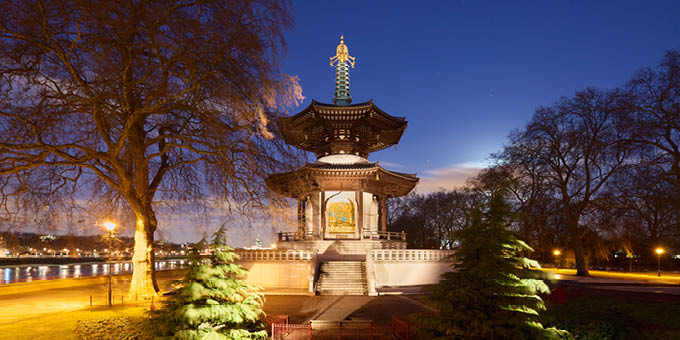
With its magnificent park, its iconic Grade II*-listed power station, and its eponymous animal rescue centre – which has been doing a brisk trade in lockdown dogs during the pandemic – buzzy Battersea has always punched above its weight in terms of its profile.
And, with two new Tube stations recently opened – Battersea Power Station and Nine Elms, both on the Northern Line – a busy programme of seasonal events planned around the power station, and a milestone year ahead, the area is poised to become a destination in its own right.
Amelia Lambrianou, sales manager from Marsh & Parsons, believes Battersea’s profile is on the up. “In the past, the issue with the area was that it did not have the best transport links,” she says. “Now we have two new stations, and that will add value.” Certainly, the initial signs are good. On the opening day of the stations in the early autumn, Rightmove reported property searches in the area leaped more than 200 per cent as Londoners gained new commuting options.
So confident is estate agent JLL that Battersea is poised to enjoy a “roaring twenties” that its forecasters predict prices will rise almost 25 per cent between 2021 and 2025, in part driven by premium new homes coming onto the market in and around the regenerated power station.
The first residents moved onto the site in 2017 and the first apartments within the main power station building were completed in May. Next year landmark apartment blocks by Frank Gehry and Norman Foster, flanking the power station, will also be finished and it is estimated that by 2030 there will be 33,000 people living in the area which looks right onto the river.
Daniel Turner, director at JLL, feels Battersea should see a bounce in interest now that it is on the Tube map and with the power station opening imminent. “There will have been a proportion of people who once discarded Battersea because it did not have a Tube and transport options,” he says. “That, plus all the retail, should pull more people in.”
Eating out
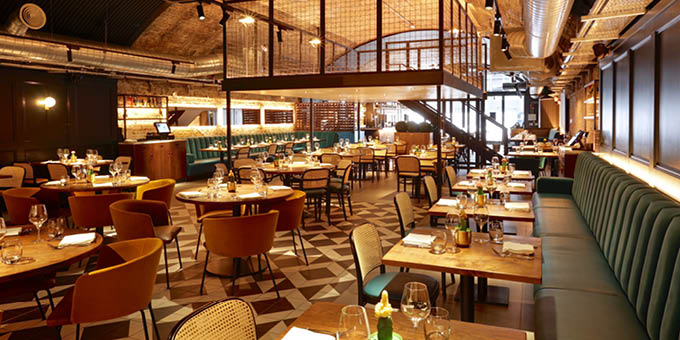
From new arrivals to local institutions, you won’t go short of good food in SW11. There is Street Pizza, Gordon Ramsay’s pizza joint at Circus West Village, and Aspen & Meursault, a deli serving up fabulous cheese and charcuterie platters. On Battersea Bridge Road, the Augustine Kitchen is a tiny, romantic French rendezvous spot. For something spicier, Little Bird has an Asian/Mediterranean fusion menu and botanical cocktails. Mention must also go to Nutbourne, a farm-to-fork concept restaurant with water views, a rustic vibe and epic Sunday roasts. Alternatively, dine in front of the power station at Cinnamon Kitchen, dedicated to modern Indian cuisine, or try a taste of Spain at Tapas Brindisa Battersea.
Shopping and schools
The power station is aiming to become a focal point of the area this season. Over Christmas there will be a “winter village” featuring market stalls, food and drink pop-ups, and performances by the community choir to put you in festive spirits. This will be followed up in January by The Light Festival, featuring installations by leading artists using neon, LED and fluorescent tubes.
When the power station opens it will contain a cinema, hotel, and events space seating up to 1,400 people. And for those with a head for heights there will also be a power station Chimney Lift, installed in the station’s north west chimney.
Before the power station revamp retail therapy in Battersea was a little on the lacklustre side. There are a few local gems worth exploring like Battersea Flower Station, on Battersea Park Road. On Battersea High Street Manna Dew sells gluten-free breads and pastries, and the delights of Northcote Road are a short walk away. When the main power station building opens next summer its turbine halls will be filled with around 100 new shops and restaurants. Brands such as Hugo Boss, Uniqlo, Space NK, Kiehl’s, and Jo Malone have signed up as well as Calvin Klein, Tommy Hilfiger, The Kooples, Gant, perfumer Le Labo and Japanese patisserie Kova. An Apple outlet is an inevitability since the tech giant is setting up its UK campus in the power station.
Super schools are one of the reasons parents love Battersea. For younger pupils there is the Ofsted-outstanding L’École de Battersea, where pupils aged three to 12 can receive a bilingual education. Thomas’s Battersea also gets top marks and comes with royal approval too – Prince George and Princess Charlotte both don the navy and red school uniform.
Property
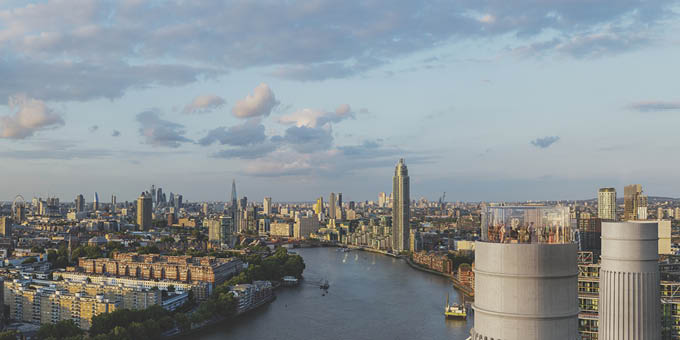
The past couple of years has been a bit of a property rollercoaster in Battersea – mirroring the pandemic experience of most of the rest of London.
During the lockdown periods Amelia Lambrianou, sales manager of Marsh & Parsons, says what buyers wanted was a family house and demand was driven by the Stamp Duty holiday. Over the summer things calmed down, and a more stable market has emerged with more buyers looking for spacious period flats, particularly if they have gardens.
Price-wise, a two-bedroom garden flat would cost around £625,000 to £750,000, while a four-bedroom house would have a typical price tag of £1.5m to £2m. The key streets are those with easy access to Battersea Park – Warriner Gardens, Cambridge Road, and Prince of Wales Drive. “Riverside apartments are not selling as quickly, but that will pick up as international investors come back to the UK,” says Lambrianou.
Buyers often venture to Battersea from Fulham, Pimlico and Earl’s Court because you do get more for your money south of the river, even if you are only fractionally south. Daniel Turner, director of JLL, says that resale prices of apartments around the power station had held firm since the start of 2020. “It has not suffered, but at the same time it has not been indifferent to the pandemic, and the move towards working from home and outside space,” he says.
On the market
Enjoyed reading about iconic streets and homes for sale in London? Read about other properties on the London market
- A glamorous Mayfair townhouse that hosted JFK and Wallis Simpson is for sale
- Iconic streets: A guide to Belgravia
- Finding Neverland: The London home that inspired JM Barrie to write Peter Pan is for sale
Follow The London Magazine on Instagram to stay up to date with recent features and exciting announcements. For more London stories, click through to our London hub here

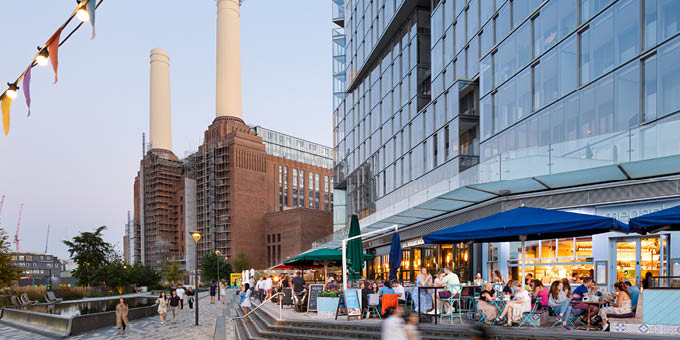
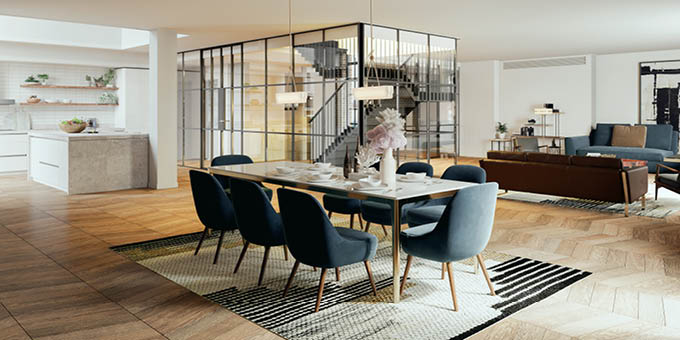
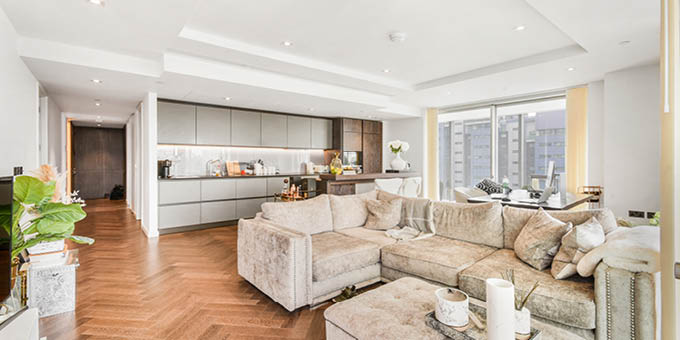
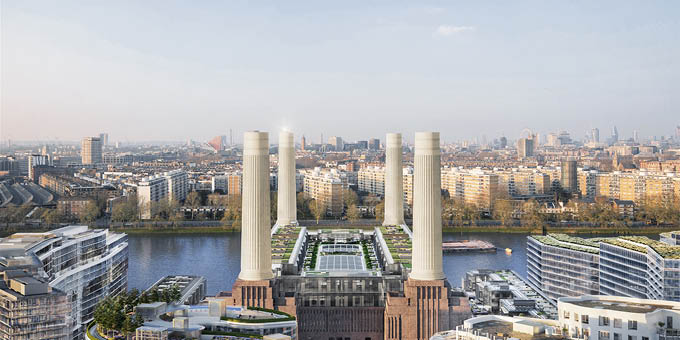
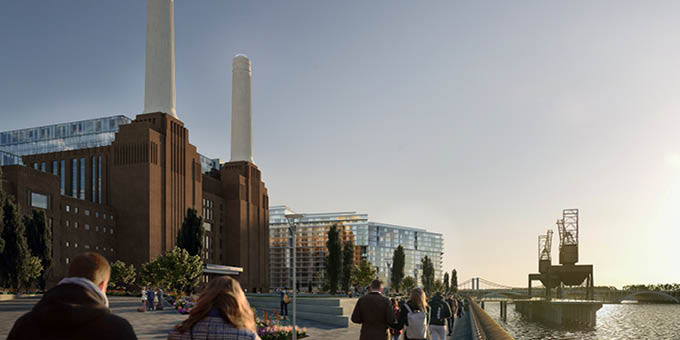
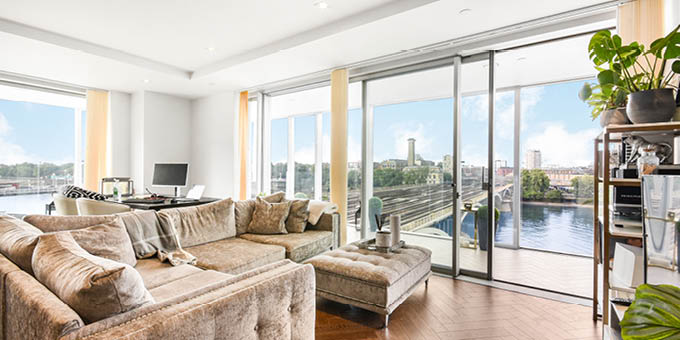
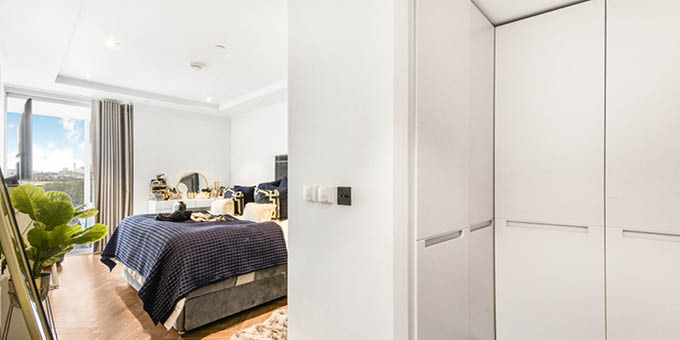
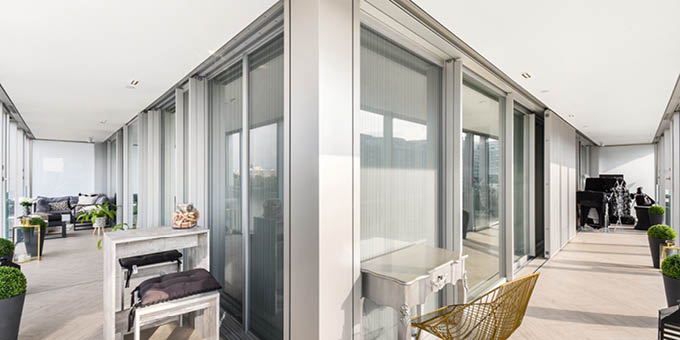





 © 2024
© 2024